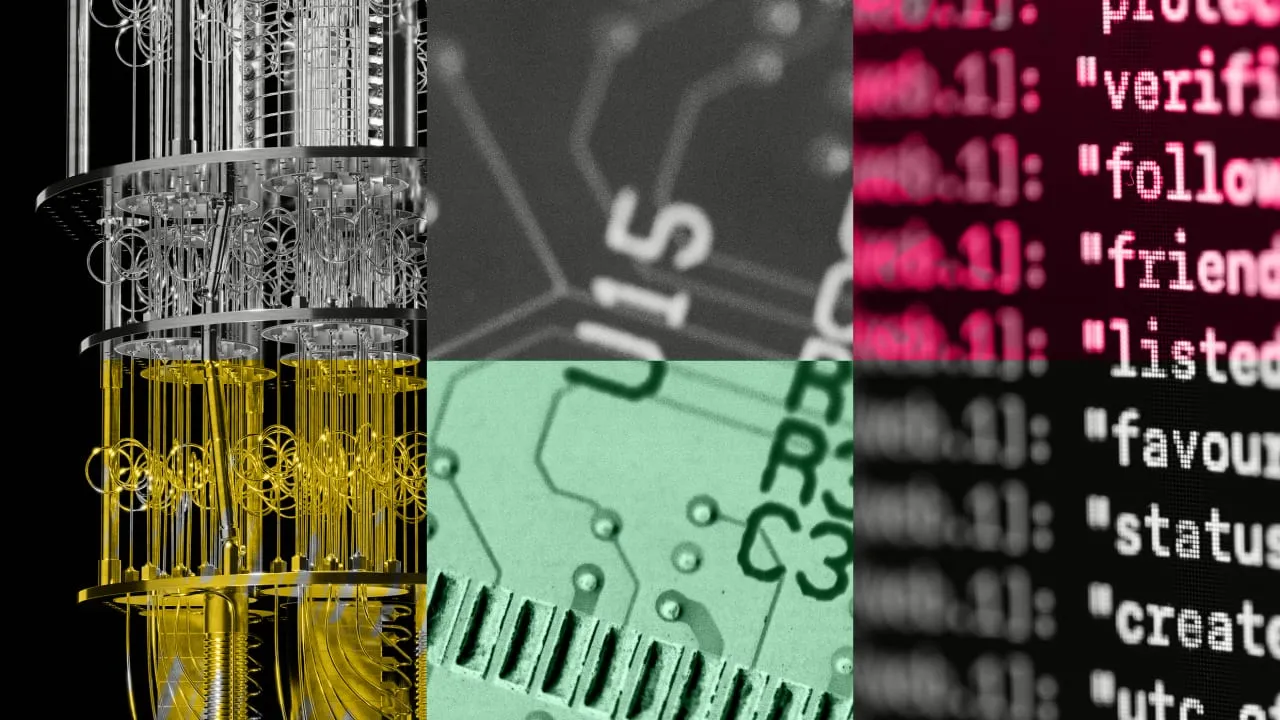Quantum Computing Threatens Encryption Techniques: U.S. Government's Proactive Response

The Imminent Quantum Computing Threat
Experts in digital cryptography have been closely monitoring the threat posed by quantum computing for nearly three decades. Traditional cryptographic algorithms, including RSA and elliptic curve cryptography, rely on complex mathematical problems that are infeasible for classical computers to solve. However, Peter Shor's groundbreaking 1994 paper demonstrated how a quantum computer could crack these encryption methods within hours.
New Standards to Secure Data
Today, the U.S. Commerce Department’s National Institute for Standards and Technology (NIST) released new quantum-safe algorithms in response to this looming danger. Experts like Dustin Moody emphasize that cryptographic transitions take considerable time, urging immediate action to safeguard sensitive data.
Counteracting Quantum Risks
- CRYSTALS–Kyber, CRYSTALS–Dilithium, and SPHINCS+ are among the finalized algorithms aimed at enhancing security against quantum threats.
- Corporations like IBM are collaborating in the development of quantum-resistant algorithms.
- The threat of harvest now, decrypt later (HNDL) attacks necessitates prompt responses from organizations.
Conclusion: A Call for Urgency in Cybersecurity
The new standards come amid rising national security concerns, particularly with investments from nations like China in quantum projects. NIST’s partnership with the National Cybersecurity Center of Excellence aims to support organizations' transition to quantum-safe cryptography efficiently.
This article was prepared using information from open sources in accordance with the principles of Ethical Policy. The editorial team is not responsible for absolute accuracy, as it relies on data from the sources referenced.